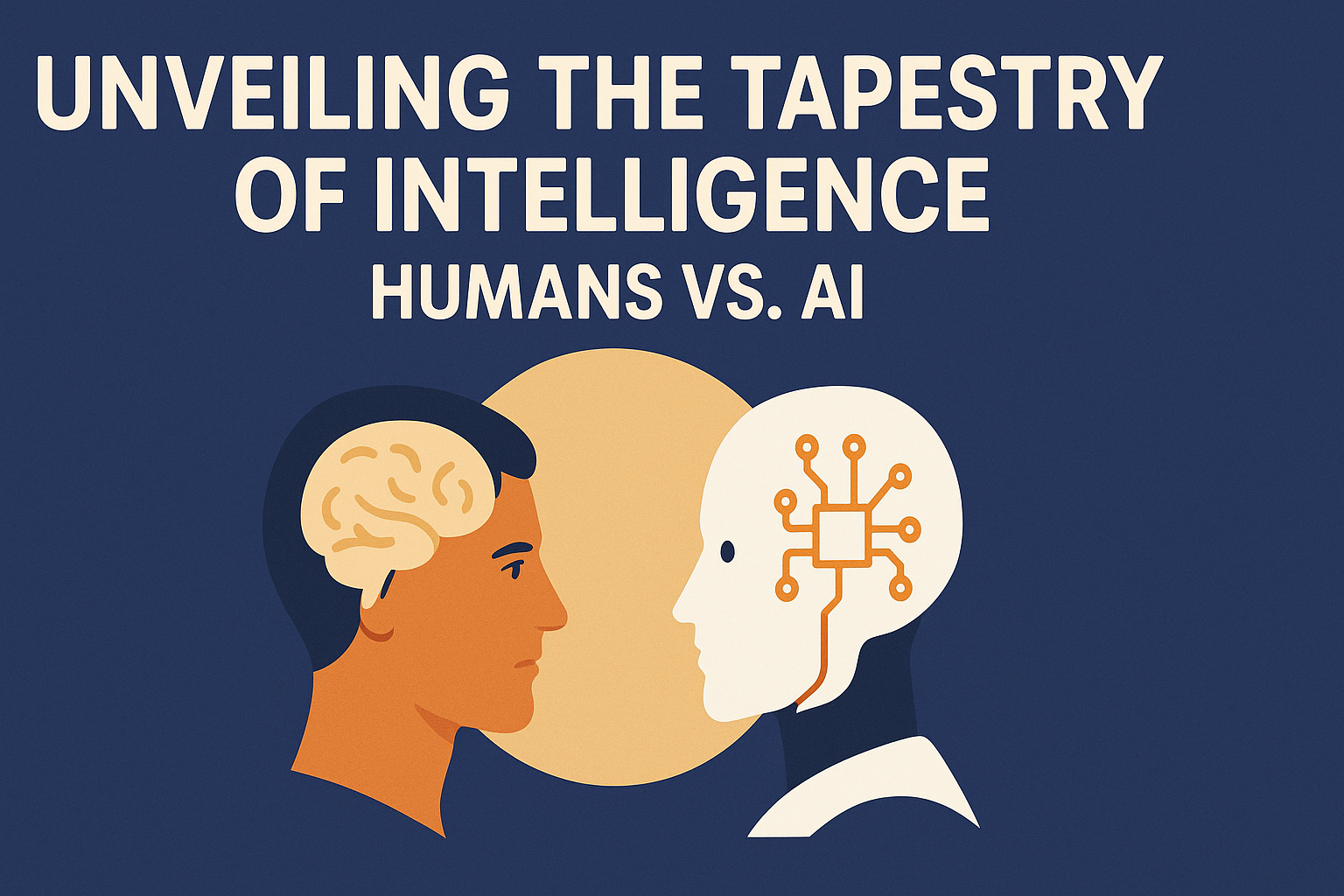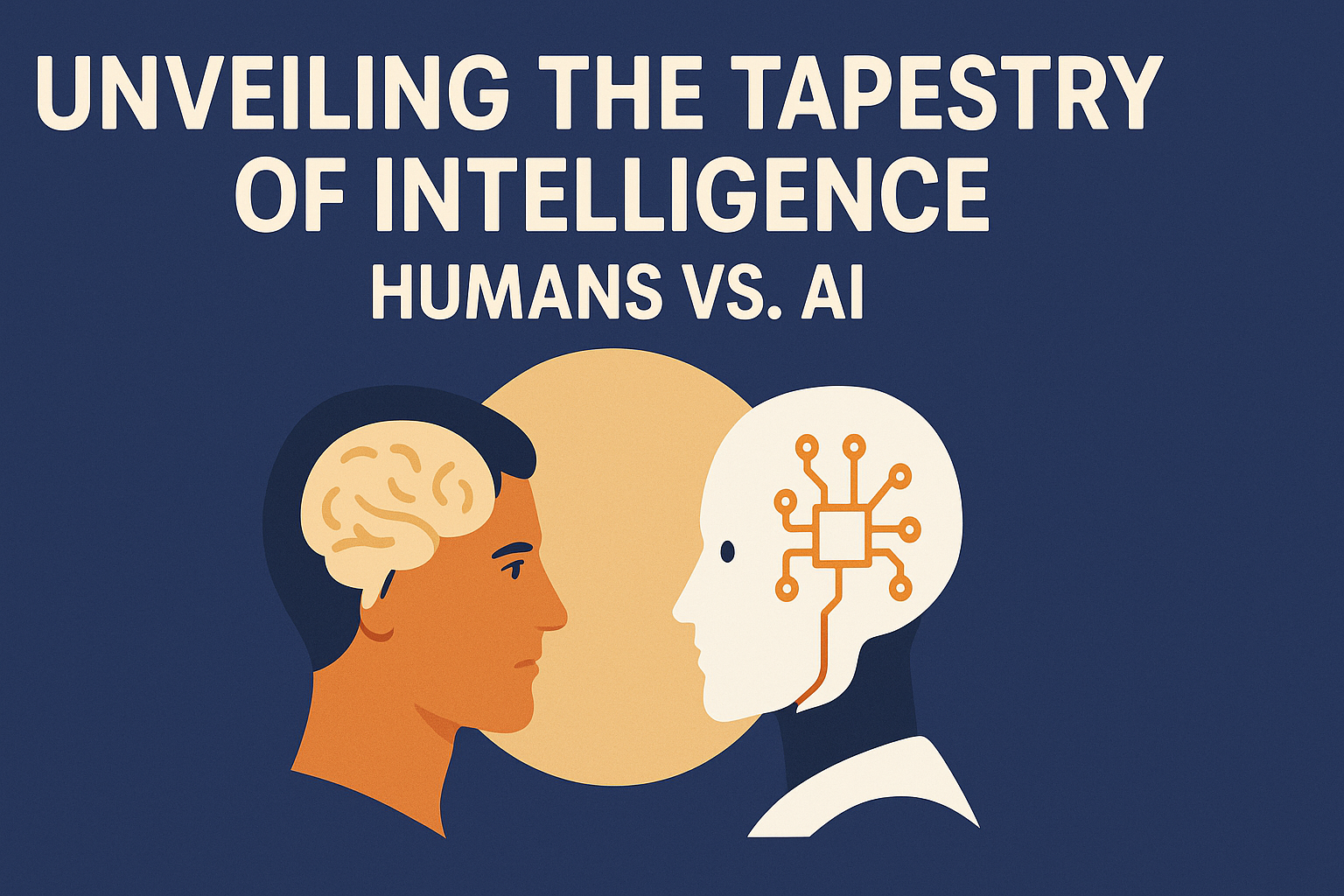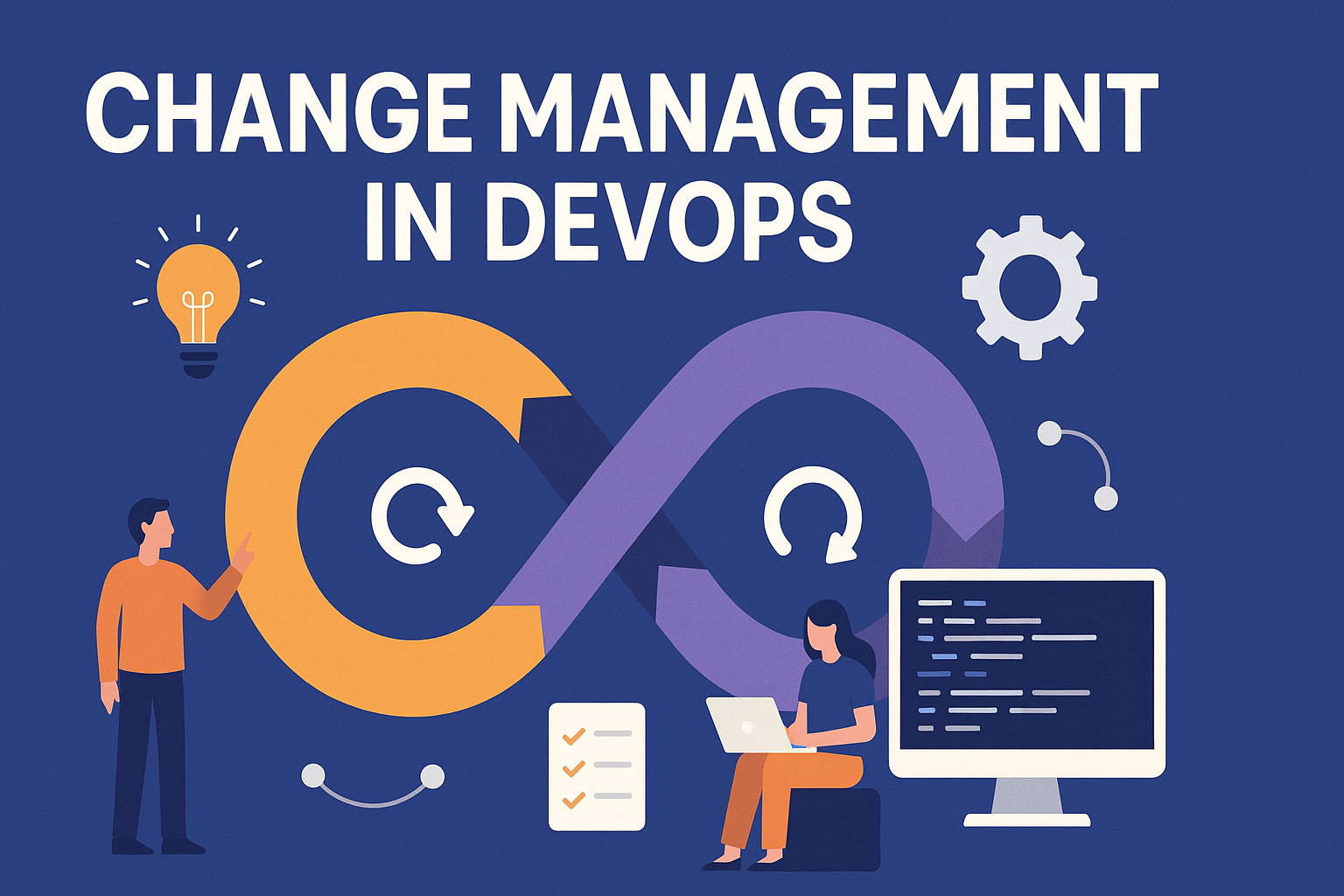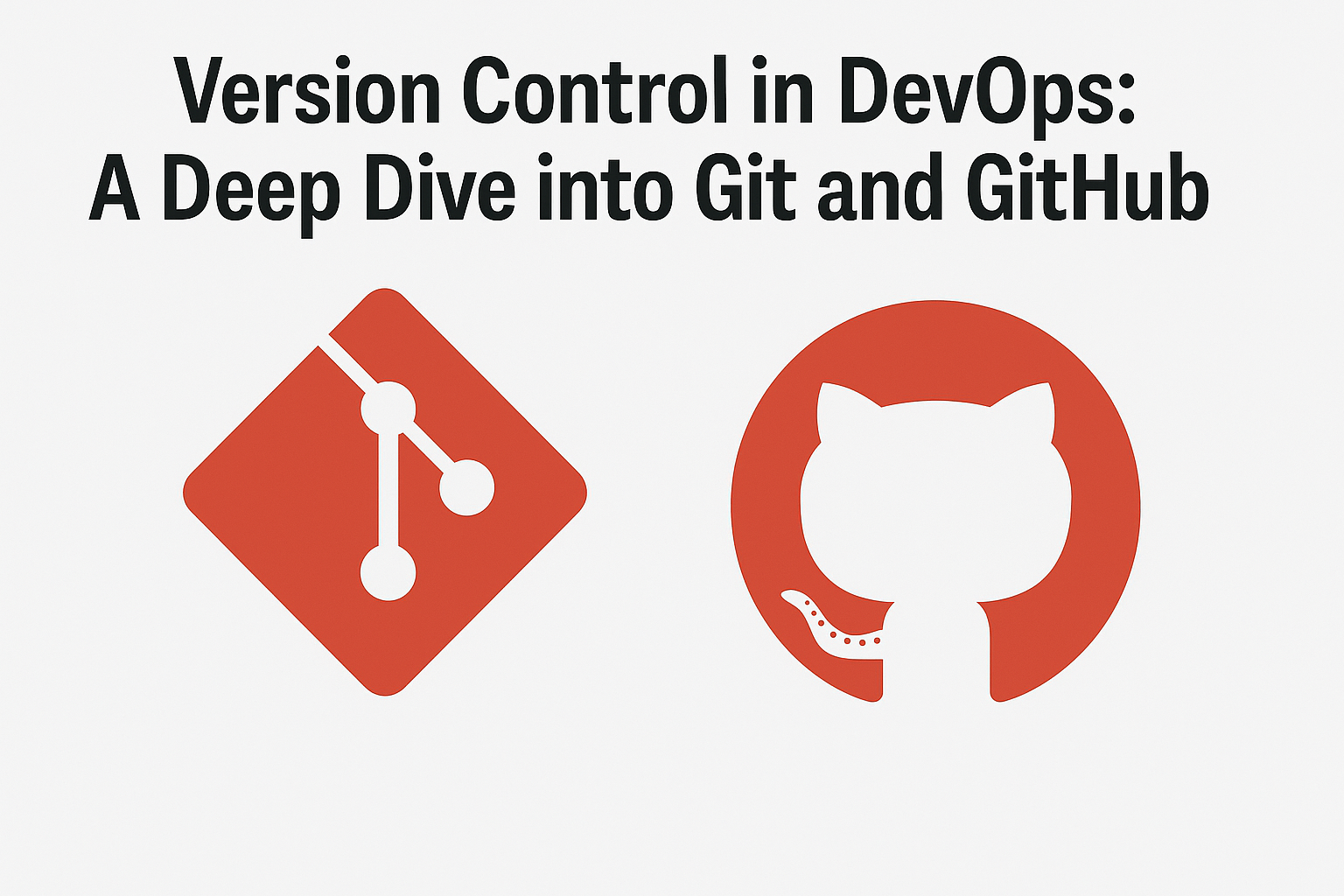Inspirational journeys
Follow the stories of academics and their research expeditions
Unveiling the Tapestry of Intelligence: Humans vs AI

Introduction
In the ever-evolving landscape of technology, the convergence of human intelligence and artificial intelligence (AI) is reshaping the way we live, work, and connect. As machines grow more sophisticated and capable, questions about what it means to be intelligent—and how human and artificial intelligences compare—have taken center stage. Far from being a battle of supremacy, the relationship between humans and AI reveals an intricate tapestry of strengths, limitations, and an extraordinary potential for partnership.
To truly understand the future we're heading toward, we must unravel the fundamental characteristics of both forms of intelligence and explore the promise of their collaboration.
1. The Essence of Human Intelligence
Human intelligence is a deeply nuanced, adaptive, and context-rich form of cognition. It encompasses much more than the capacity to solve problems or store information. It thrives on emotion, intuition, creativity, and social interaction—qualities that make humans uniquely equipped to navigate uncertainty, moral complexity, and interpersonal dynamics.
Emotional Intelligence (EQ)
Unlike machines, humans can read emotional cues, empathize with others, and form meaningful social bonds. This is essential in professions like education, counseling, leadership, and healthcare.
Intuition and Experience
Human decision-making often relies on gut feeling and accumulated life experience, especially in ambiguous or high-stakes scenarios. These decisions are not always data-driven—but are often remarkably effective.
Creativity and Imagination
From composing symphonies and writing poetry to designing innovative solutions, humans excel at imagining what doesn’t yet exist. We are natural storytellers and visionaries.
Ethics and Values
Our ability to consider long-term consequences, wrestle with ethical dilemmas, and choose compassion over convenience is an intrinsic part of our intelligence.
Human intelligence evolves not just from formal learning, but from experience, adversity, and reflection. It is self-aware, meaningfully motivated, and capable of adapting with remarkable resilience.
2. The Rise of Artificial Intelligence
Artificial Intelligence represents a monumental leap in computational capability. It is designed to emulate certain aspects of human cognition—but only in narrow, highly structured domains. Through machine learning, deep learning, and natural language processing, AI systems have become astonishingly good at pattern recognition, prediction, and automation.
Speed and Scale
AI can analyze massive datasets in seconds—a feat impossible for the human brain. It’s transforming industries like finance (fraud detection), healthcare (diagnostics), and logistics (supply chain optimization).
Precision and Consistency
Unlike humans, AI doesn't suffer from fatigue or emotion-driven biases. It delivers consistent performance in tasks that require repetition and detail, such as quality control in manufacturing or data entry.
Learning From Data
AI models improve over time through exposure to more data. This ability allows machines to become better at specific tasks like image classification, speech synthesis, and even playing complex strategy games like Go.
AI limitations
It lacks consciousness and self-awareness.
It struggles with common sense reasoning and contextual understanding.
It cannot genuinely empathize, reflect on ethical implications, or create meaning beyond statistical patterns.
AI’s intelligence is narrow—it can outperform humans in specific, well-defined tasks, but fails when required to generalize across diverse situations or respond to nuance.
3. Beyond Competition: A Collaborative Future
The most transformative potential of AI lies not in replacing humans, but in augmenting them. Rather than a competition, the relationship between human and artificial intelligence should be seen as a synergy—a strategic alliance that amplifies the capabilities of both.
Examples of Human-AI Collaboration:
Healthcare: AI analyzes radiology scans or medical records to detect patterns and flag anomalies, but human doctors interpret results, make final diagnoses, and deliver empathetic care.
Education: AI-powered tools can tailor content to students’ learning styles and pace, while educators focus on mentorship, motivation, and social development.
Creative Arts: AI can assist in generating music, artwork, or written drafts—but the soul of the creation, its emotional resonance and meaning, comes from the human artist.
Business Strategy: AI models can crunch the numbers and simulate scenarios, but leaders must make judgment calls that account for ethics, vision, and human impact.
In each of these cases, AI handles the heavy lifting—repetition, calculation, data crunching—while humans provide direction, purpose, and interpretation.
4. Navigating the Challenges Together
As powerful as AI is, it introduces new ethical and societal challenges:
Bias in Algorithms: AI systems often reflect and amplify biases present in their training data.
Job Displacement: Automation threatens traditional jobs, especially in manufacturing, customer service, and transportation.
Privacy and Surveillance: AI-powered surveillance and data analysis raise concerns about civil liberties.
This is where human intelligence must take the lead. We must guide AI development with ethical foresight, design inclusive technologies, and craft regulations that protect individual rights while fostering innovation.
Conclusion: A Shared Journey of Growth
The convergence of human and artificial intelligence is not a destination—it’s a journey. One in which we learn not only about machines, but about ourselves. As AI continues to evolve, its true value lies not in replacing humanity, but in empowering it.
By combining AI’s computational prowess with human values, creativity, and empathy, we can build a future that is not only more efficient—but also more equitable, inspired, and profoundly human.
The story of intelligence is no longer one of rivalry. It’s a tapestry woven from both silicon and soul, with the promise of a tomorrow that neither could create alone.
0 Comments





Leave a comment